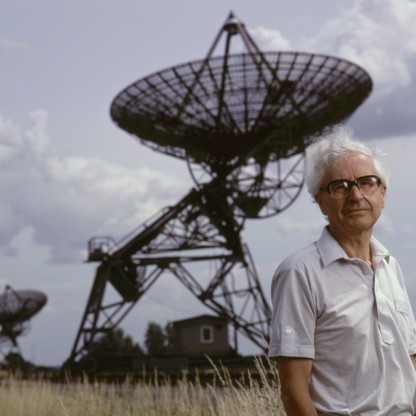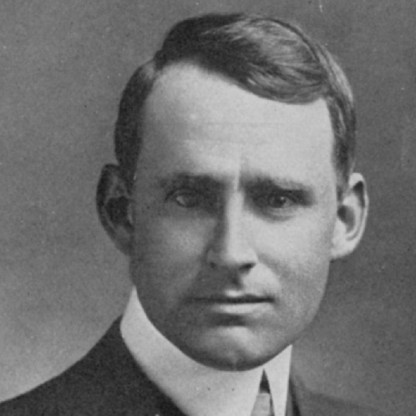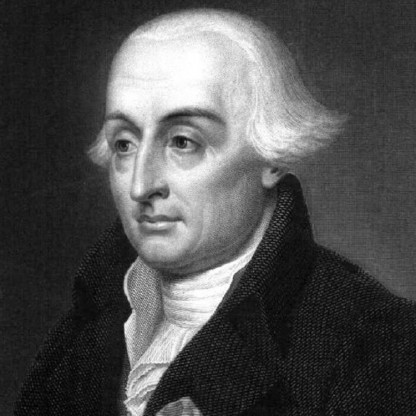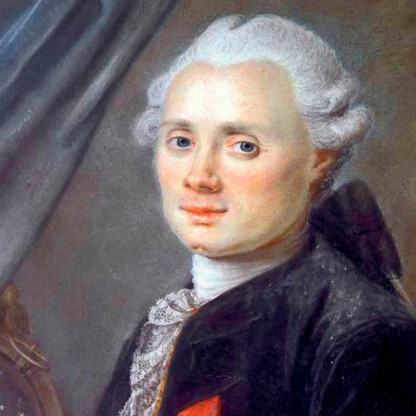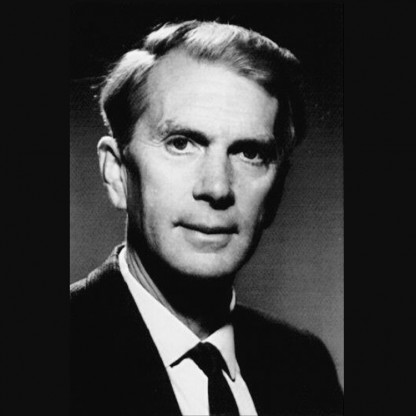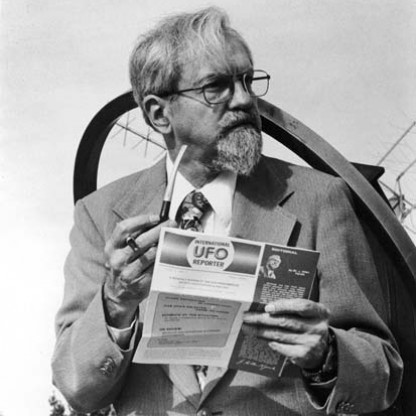The experiments run at SLAC in the late 1960s and early 1970s involved scattering high-energy beams of electrons from protons and deuterons and heavier nuclei. At lower energies, it had already been found that the electrons would only be scattered through low angles, consistent with the idea that the nucleons had no internal structure. However, the SLAC-MIT experiments showed that higher Energy electrons could be scattered through much higher angles, with the loss of some Energy. These deep inelastic scattering results provided the first experimental evidence that the protons and neutrons were made up of point-like particles, later identified to be the up and down quarks that had previously been proposed on theoretical grounds. The experiments also provided the first evidence for the existence of gluons. Taylor, Friedman and Kendall were jointly awarded the Nobel Prize in 1990 for this work.
